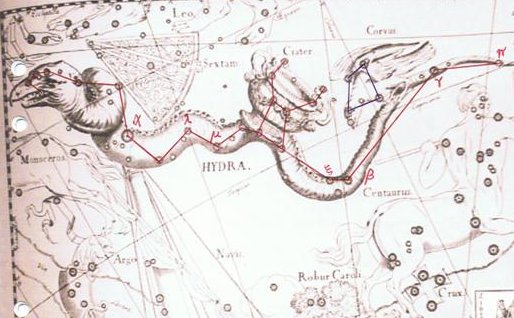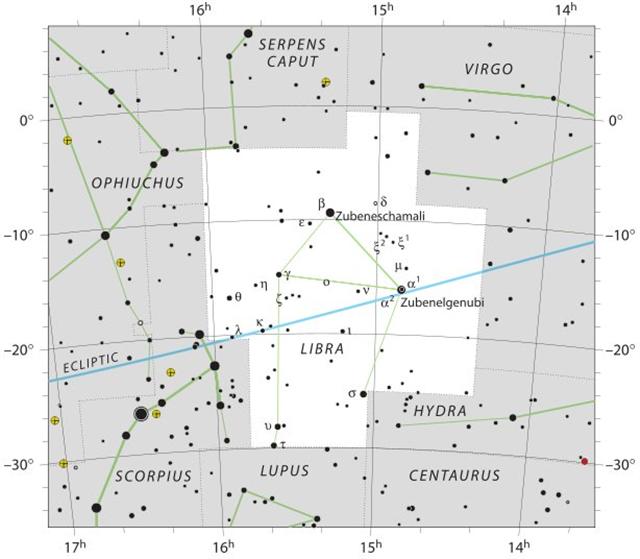We should now continue to assign dates and stars beyond St Lucia. But it is essential to first document some comments which may be helpful. I pointed out how 125 (= 5 * 5 * 5) could be measured from the heliacal rising of Alphard (α Hydrae) in August 10 (222) to the nakshatra night of Phakt (α Columbae) in December 13 (347): 
Alphard has according to Heverlius 'alighted' in the top of the mast of the Sunken Ship (its tree) and the number of days between these star pillars are hardly arbitrary:
84 = 3 * 28 = 6 * 14 = 7 * 12 = 256 - 172. 56 = 8 * 7 = 4 * 14 = 2 * 28 = 256 - 200. 249 = the RA day for Antares = a week less than 256. ... From Polaris to Phakt there are 26.6 - 84.7 = ca 58 (= 2 * 29) days. But in the right order the position of Polaris maybe should be ca 365.25 + 26.6 = RA day 392 (= 56 weeks = 28 fortnights). There are only 9 pillars in the story, unless Polaris is named Tumu nui. The only remaining choice for 'the pillar to blacken by' will then be Dubhe ... Polaris (Tumu nui) is 250 days from Alphard and there are 58 (= 2 * 29) days from Phakt up to and including Alphard:
Number 308 then emerges as the sum of 250 and 58, which possibly was in the mind of the creator of the text when he designed a 'birth' of someone from the depths of the elbow in Ca8-29:
The heliacal rising of the faint (5.19) ν Librae (Zuben Hakrabim) could have defined the position of 15h. The peculiar form of the elbow could possibly point at the bend of Hydra between Crater and Corvus. If so, then September 11 with ξ Hydrae (174.3) could have been important:
Indeed, the beginning of Phoenix could be seen close to Moon when ξ Hydrae was close to Sun. 357.3 (ι Phoenicis) - 174.3 (ξ Hydrae) = 183.0. And 228.3 (Zuben Hakrabim) - 174.3 (ξ Hydrae) = 54.0 (= 2 * 27). And there are 100 days from September 11 to December 20, the day before the solstice:
| ||||||||||||||||||||||||||||||||||||||||||||||||||||||||||||||||||||||||||||||||||||||||||||||||||||||||||||||||||||||||||||||||||||||||||||||||||||||||||||||||||||||||||||||||||||||||








